Search Papers
3 papers
INFLUENCE OF PRESSURE ON STRUCTURAL PROPERTIES OF AG: A MOLECULAR DYNAMICS SIMULATION
Mai Van Dung, Truong Duc Quynh
In this study, molecular dynamics simulations were employed to investigate the influence of pressure on the structural properties of silver (Ag) at 300K. The results reveal that an increase in pressure leads to a reduction in nearest-neighbor distance, a promotion of local ordering, and a transition from a largely disordered state to a predominantly face-centered cubic FCC crystalline structure. At intermediate pressures, both hexagonal close-packed HCP and body-centered cubic BCC phases are observed; however, these phases diminish as pressure rises, with FCC becoming the prevailing phase at higher pressures. These findings demonstrate that pressure is a key factor in driving phase transitions and improving crystallinity in metallic systems.
CHALCONE DERIVATIVES AS POTENTIAL SARS-COV-2 INHIBITORS: A VIRTUAL SCREENING STUDY ON THE PAPAIN-LIKE PROTEASE ENZYME (PLPRO)
Nguyen Thi Thanh Thao, Nguyen Thi Phuong Truc
The papain-like protease (PLPro) is a highly conserved, non-structural protein that plays a crucial role in the formation of the replication-transcription complex and the processing of polyproteins in SARS-CoV-2, as well as improving the host’s antiviral immune responses against said virus. Chalcone is a common ingredient, which can be found in a multitude of natural substances, such as food and herbs. It has been proven to have various biological activities, including antiviral effects. Previous studies have identified several natural chalcone-based compounds with the ability to inhibit SARS-CoV-2 by targeting the PLPro enzyme. Based on these findings, this study investigated potential chalcone-derived PLPro inhibitors, as retrieved from Pubchem and in-house libraries. Virtual screening protocols, specifically molecular docking and molecular dynamics simulating filter, were applied to reach the desired goal. As a result, 1448 out of 1454 chalcone derivatives can effectively bind to SARS-CoV-2 via PLPro. The 5 substances with the most suitable docking score and binding mode were selected for the next step. Through MD, CID1021201513 and CID101585417 showed the greatest potential in targeting PLPro. However, further in vitro and in vivo studies must be conducted before the bio-activities of these chalcones against SARS-CoV-2 can be confirmed. Furthermore, the ligand-protein interaction mode analysed in this research can help design effective chalcone derivatives.
STRUCTURAL PROPERTIES OF CRYSTALLINE AND POLYCRYSTALLINE CR MODELS: A MOLECULAR DYNAMIC STUDY
Mai Van Dung
In this paper, the structural properties of crystalline and polycrystalline Cr have been investigated using molecular dynamics simulations. The interaction between atoms is modeled via the MEAM potential. Periodic boundary conditions are applied in the x, y, and z directions. The structural characteristics are analyzed through the total energy function, heat capacity, radial distribution function, and angle distribution. Dynamics are evaluated through the analysis of mean squared displacement and diffusion coefficient. The results show that the melting temperature of crystalline Cr is higher than that of polycrystalline Cr, indicating that the polycrystal melts earlier. This information is important when considering material applications in high-temperature environments.
Publication Information
Publisher
Thu Dau Mot University, Viet Nam
Editor-in-Chief

Assoc. Prof. Nguyen Van Hiep
Thu Dau Mot University
Thu Dau Mot University
Editorial Board
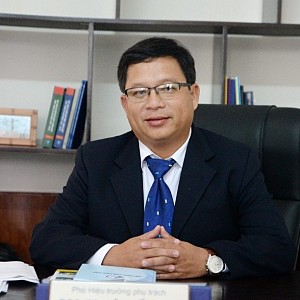
Assoc. Prof. Le Tuan Anh
Thu Dau Mot University
Thu Dau Mot University

PhD. Nguyen Quoc Cuong
Thu Dau Mot University
Thu Dau Mot University

PhD. Doan Ngoc Xuan
Thu Dau Mot University
Thu Dau Mot University

PhD. Nguyen Khoa Truong An
Thu Dau Mot University
Thu Dau Mot University

Assoc. Prof. Nguyen Thanh Binh
Thu Dau Mot University
Thu Dau Mot University
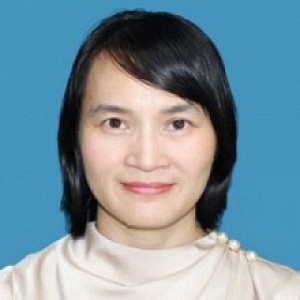
PhD. Le Thi Thuy Dung
Thu Dau Mot University
Thu Dau Mot University

PhD. Ngo Hong Diep
Thu Dau Mot University
Thu Dau Mot University
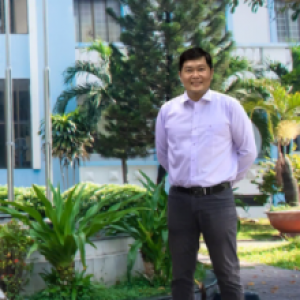
PhD. Nguyen Duc Dat Duc
Ho Chi Minh City University of Industry and Trade
Ho Chi Minh City University of Industry and Trade
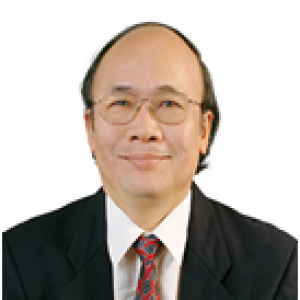
Assoc. Prof. Nguyen Van Duc
Animal Husbandry Association of Vietnam
Animal Husbandry Association of Vietnam

PhD. Nguyen Thi Nhat Hang
Department of Education and Training of Binh Duong Province
Department of Education and Training of Binh Duong Province

PhD. Nguyen Thi Cam Le
Vietnam Aviation Academy
Vietnam Aviation Academy

PhD. Trần Hạnh Minh Phương
Thu Dau Mot University
Thu Dau Mot University
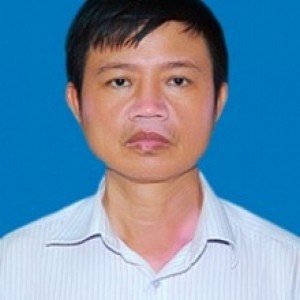
M.A. Pham Van Thinh
Thu Dau Mot University
Thu Dau Mot University

PhD. Nguyen Thi Lien Thuong
Thu Dau Mot University
Thu Dau Mot University
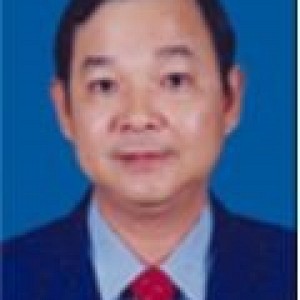
Prof. Le Quang Tri
Can Tho University
Can Tho University
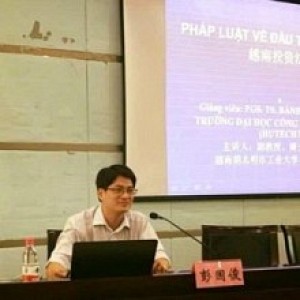
Prof. Banh Quoc Tuan
Thu Dau Mot University
Thu Dau Mot University

